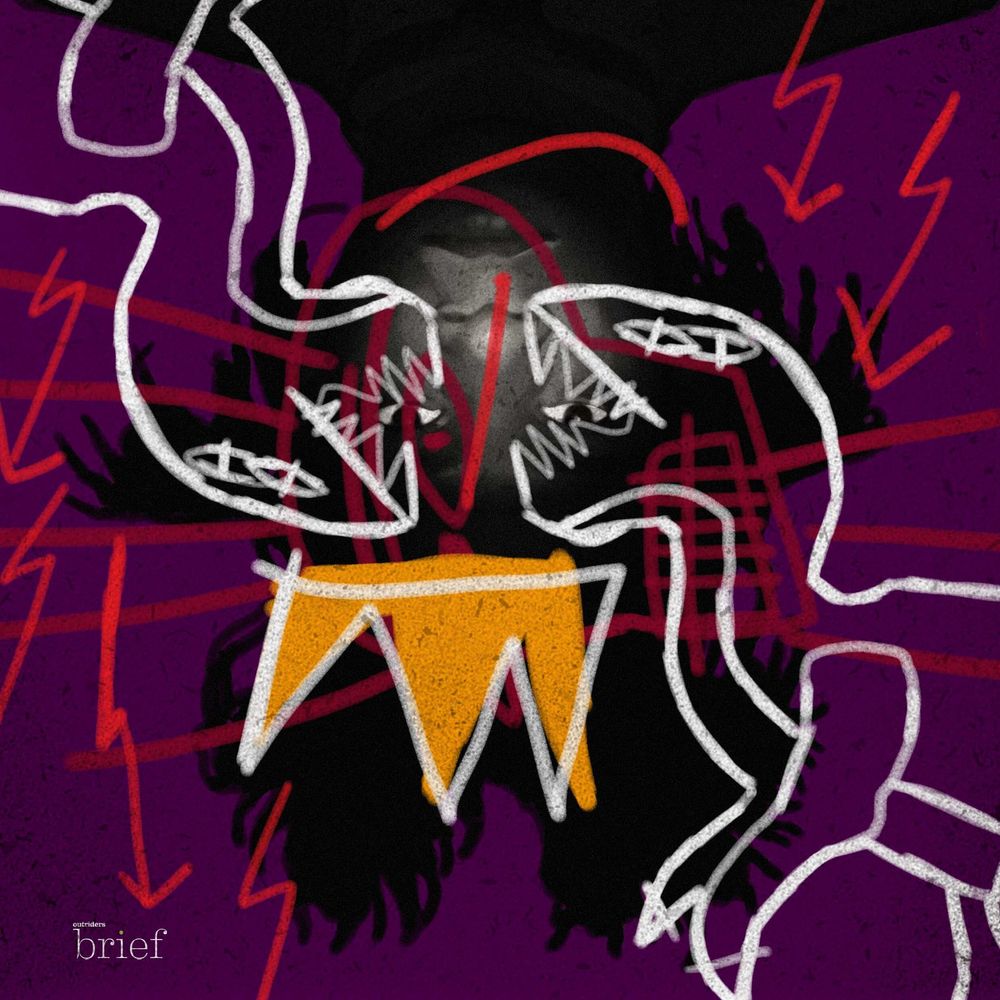“Writing the future” and tattoos as a mark of the journeys
A tattoo is a part of travel, and for hundreds of years, travelers have marked their journeys with ink. The word “tattoo” derives from the languages of Polynesia. Europeans first made traveler tattoos to mark their pilgrimages to Holy Land in the 1600s. Razoouk family from Jerusalem claim that their family has been tattooing people since 1300. In Borneo, young men who went through the rite of passage and left their communities received tattoos as a sign of their journeys into the other settlements and the wilderness. In nineteenth-century Japan, the fine art galleries were also tattoo parlors.
Japanese more and more often oppose the deeply held prejudices that link tattoos with the crime world. They decorate their bodies with colorful and elaborate designs, often referring to the traditional tales. Tattooist Shodai Horiren says: “Your house gets old, your parents die, you break up with a lover, kids grow and go. But a tattoo is with you until you’re cremated and in your grave. That’s the appeal.”
Boston’s Museum of Fine Arts opened the exhibition: “Writing the Future: Basquiat and the Hip-Hop Generation”. It covers the key importance of the visual arts for the beginnings of hip-hop culture. It also presents the “post-graffiti” – a movement of New York’s artists adapting the street work for display in high-end galleries, as well as in music videos and fashion.























